How To Make Nd Filter At Home ?
Making an ND filter at home can be a challenging task, but it is possible. One way to make an ND filter is to use welding glass or a piece of exposed and developed black and white film. Another option is to use a piece of neutral density gelatin sheet and attach it to a filter ring. However, it is important to note that homemade ND filters may not provide the same quality as commercially available filters and may cause color shifts or vignetting. It is recommended to use caution when making and using homemade filters and to test them thoroughly before using them in important situations.
1、 Materials needed for DIY ND filter

How to make ND filter at home:
Making an ND filter at home is a cost-effective way to achieve the desired effect in your photography. Here are the steps to make an ND filter at home:
Step 1: Choose the right material - You can use welding glass, black polymer sheets, or even sunglasses to make an ND filter.
Step 2: Cut the material to size - Cut the material to the size of your lens diameter.
Step 3: Attach the material to a filter holder - You can use a filter holder or a step-up ring to attach the material to your lens.
Step 4: Test the filter - Take a few test shots to see if the filter is working as expected.
Materials needed for DIY ND filter:
To make an ND filter at home, you will need the following materials:
1. Welding glass or black polymer sheets or sunglasses
2. Scissors or a cutter
3. Filter holder or step-up ring
4. Adhesive tape or glue
5. Ruler or measuring tape
6. A camera to test the filter
It is important to note that making an ND filter at home may not produce the same quality as a professional ND filter. However, it is a great way to experiment with different levels of light reduction and achieve unique effects in your photography. Additionally, it is important to ensure that the material used is safe for your camera lens and does not cause any damage.
2、 Step-by-step guide to assembling the filter

How to make ND filter at home:
Making an ND filter at home is a cost-effective way to achieve the desired effect in your photography. Here are the steps to make an ND filter at home:
Step 1: Gather the materials
You will need a piece of welding glass, a step-up ring, and a lens cap.
Step 2: Cut the welding glass
Cut the welding glass to the size of the lens cap.
Step 3: Attach the welding glass to the lens cap
Use a strong adhesive to attach the welding glass to the lens cap.
Step 4: Attach the step-up ring
Attach the step-up ring to the lens cap.
Step 5: Screw the filter onto the lens
Screw the filter onto the lens using the step-up ring.
Step-by-step guide to assembling the filter:
Step 1: Choose the right ND filter
Choose the right ND filter for your camera lens. ND filters come in different strengths, so choose the one that suits your needs.
Step 2: Attach the filter to the lens
Attach the filter to the lens by screwing it onto the thread.
Step 3: Adjust the settings
Adjust the settings on your camera to compensate for the reduced light. You may need to increase the ISO or decrease the shutter speed.
Step 4: Take the shot
Take the shot and review the results. Adjust the settings as necessary to achieve the desired effect.
It is important to note that making an ND filter at home may not produce the same quality as a professional filter. However, it is a cost-effective way to achieve the desired effect in your photography. Additionally, it is important to take safety precautions when working with welding glass as it can be hazardous if not handled properly.
3、 Tips for achieving the desired level of light reduction
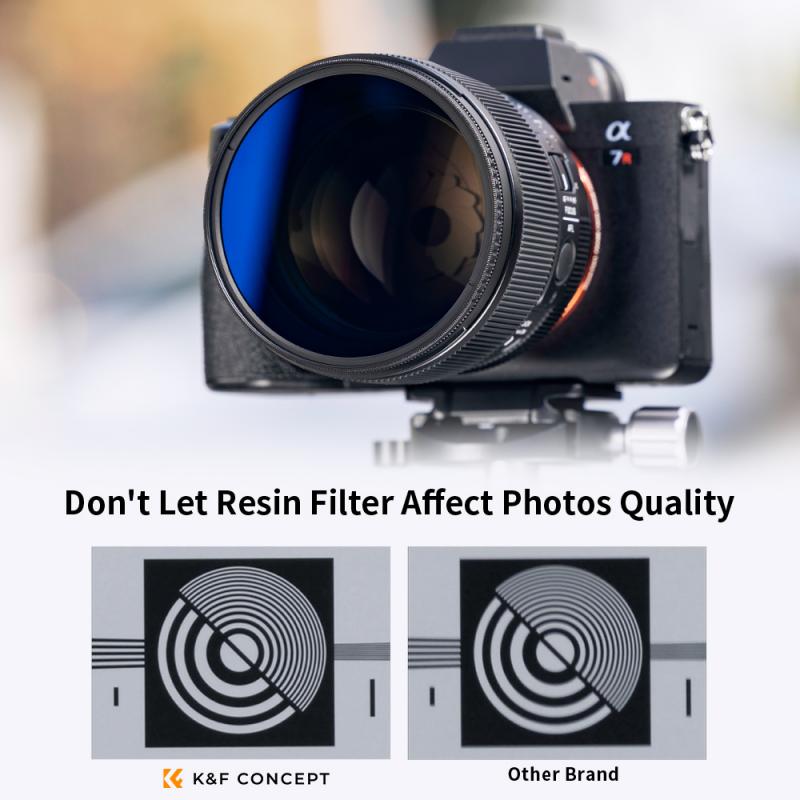
How to make ND filter at home:
Making an ND filter at home is a cost-effective way to achieve the desired level of light reduction. Here are the steps to make an ND filter at home:
1. Choose the right material: You can use welding glass or a neutral density gel filter to make an ND filter.
2. Cut the material: Cut the material to the size of your lens diameter.
3. Attach the material: Use a double-sided tape to attach the material to a lens filter ring.
4. Test the filter: Test the filter by taking a few shots to ensure that it reduces the light as desired.
Tips for achieving the desired level of light reduction:
1. Choose the right ND filter: ND filters come in different strengths, so choose the right one for your needs.
2. Use a tripod: When using an ND filter, you will need to use a longer shutter speed, which can result in camera shake. Using a tripod will help to eliminate camera shake.
3. Use a remote shutter release: Using a remote shutter release will also help to eliminate camera shake.
4. Experiment with different shutter speeds: Experiment with different shutter speeds to achieve the desired level of light reduction.
5. Use manual focus: When using an ND filter, autofocus may not work properly, so use manual focus.
6. Shoot in RAW: Shooting in RAW will give you more flexibility in post-processing.
The latest point of view:
The latest point of view on ND filters is that they are essential for landscape photography. ND filters allow photographers to capture long exposures, which can create stunning effects such as silky smooth waterfalls and streaky clouds. ND filters also allow photographers to shoot at wider apertures in bright light, which can create a shallow depth of field. However, it is important to choose the right ND filter for your needs and to use it correctly to achieve the desired level of light reduction.
4、 Testing the filter for accuracy and effectiveness
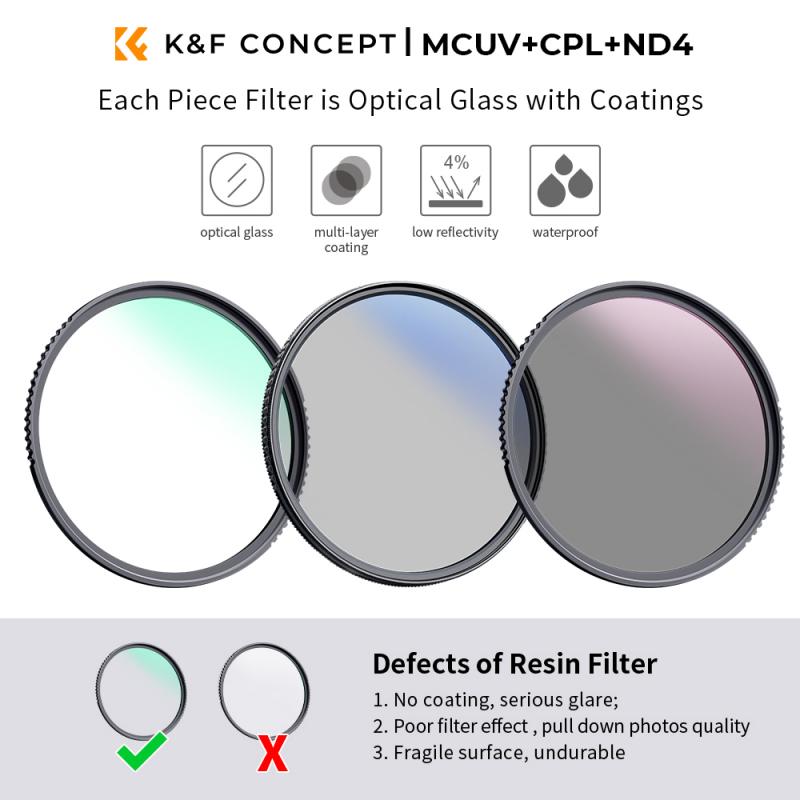
How to make ND filter at home:
Making an ND filter at home is a cost-effective way to achieve the desired effect in your photography. Here are the steps to make an ND filter at home:
1. Gather materials: You will need a piece of welding glass, a step-up ring, and a lens cap.
2. Cut the welding glass: Cut the welding glass to the size of the lens you want to use it on.
3. Attach the step-up ring: Attach the step-up ring to the lens.
4. Attach the welding glass: Screw the welding glass onto the step-up ring.
5. Attach the lens cap: Attach the lens cap to the welding glass.
Testing the filter for accuracy and effectiveness:
After making the ND filter, it is important to test it for accuracy and effectiveness. Here are the steps to test the filter:
1. Set up your camera: Set up your camera on a tripod and choose a scene to photograph.
2. Take a photo without the filter: Take a photo without the filter to establish a baseline.
3. Take a photo with the filter: Take a photo with the filter and compare it to the baseline photo.
4. Check for accuracy: Check for accuracy by comparing the two photos. The filtered photo should be darker than the baseline photo.
5. Check for effectiveness: Check for effectiveness by examining the filtered photo for any unwanted color casts or distortions.
The latest point of view:
Making an ND filter at home is a great way to achieve the desired effect in your photography without breaking the bank. However, it is important to note that the quality of the filter may not be as good as a commercially available filter. Additionally, using a welding glass as a filter may not be safe for your eyes, so it is important to take precautions when using it. It is recommended to use a commercially available filter for professional work.





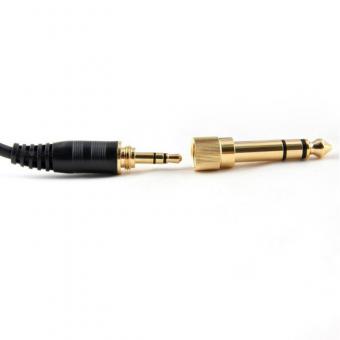
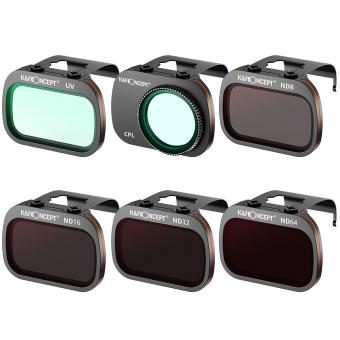




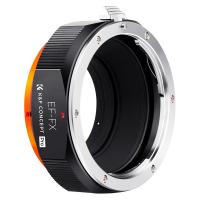


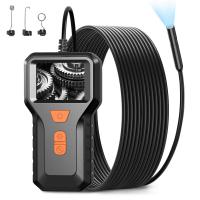

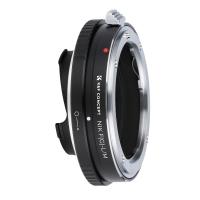






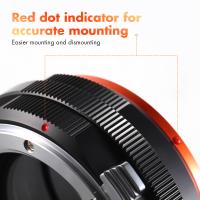


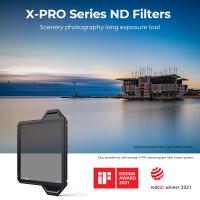

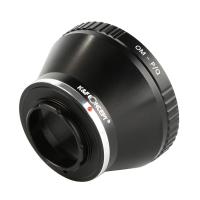
There are no comments for this blog.